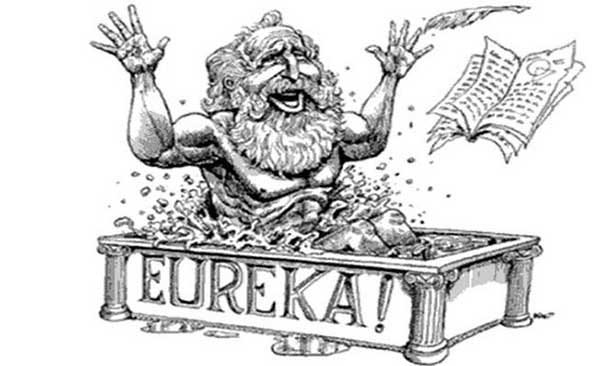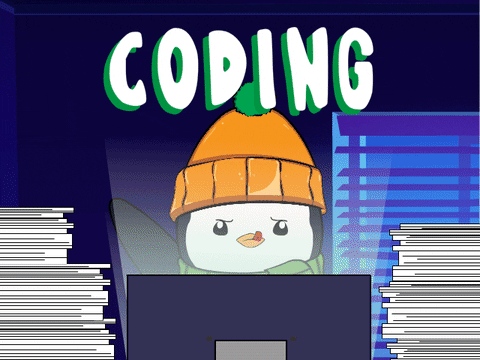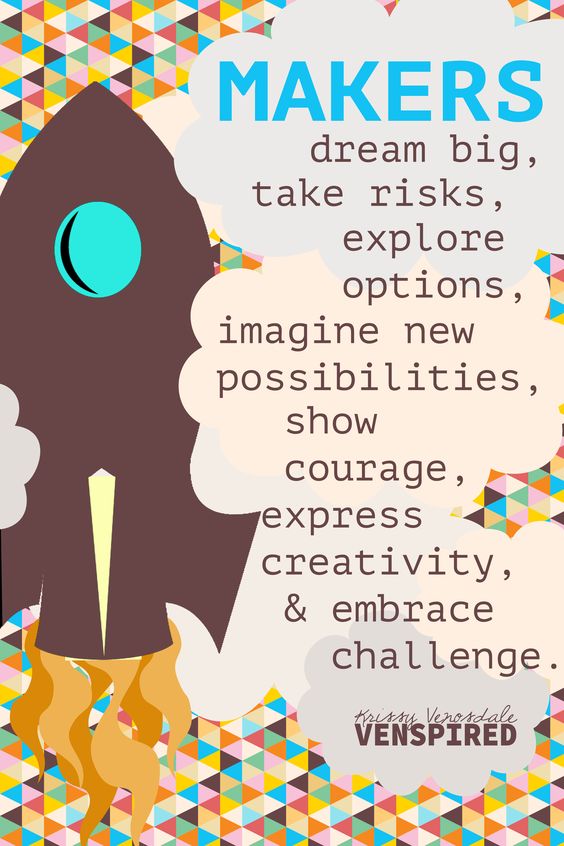Empowering Education: Coding & Makerspaces…
My 8-year-old son asked, “Mumma, can you tell me what coding is? I want to join Code Ninjas.”
In response, I said, “Coding? What’s that? I haven’t studied that. It must be for someone who is a techie, so maybe you should ask your dad.”
My son replied, “Which world are you in, Mumma? I’m going to learn it at school, and you haven’t in your entire life?”
That was the extent of my knowledge regarding coding and makerspaces. The embarrassment dawned on me when I learned about it through our class. 
In today’s education scenario, the integration of technology, including makerspaces and coding, is transforming the traditional learning standards. Makerspaces are physical environments tailored for hands-on, collaborative learning experiences, providing access to tools like 3D printers and robotics kits. The primary goal of makerspaces is to foster creativity, experimentation, and problem-solving skills among students. By encouraging trial-and-error learning and embracing mistakes as part of the process, makerspaces cultivate an innovative mindset essential for success in diverse fields.

Many educators also utilize them to enhance literacy instruction by incorporating interactive elements into regular projects. By engaging students in creating their own narratives and solutions, makerspaces promote deeper comprehension of literary themes while nurturing creativity and critical thinking.

Moreover, makerspaces align closely with STEM and STEAM education frameworks, emphasizing interdisciplinary learning through practical, project-based activities. By integrating design thinking and discovery learning, makerspaces empower students to tackle real-world challenges and develop transferable skills applicable across various domains.
Coding, once perceived as exclusive to tech enthusiasts, is now recognized as a valuable tool for fostering critical thinking, problem-solving, and perseverance among all students. Through hands-on activities students develop coding proficiency while experiencing its real-world applications. By integrating coding into everyday learning, complex concepts come to life in interactive and engaging ways, making learning more accessible and enjoyable for students of all backgrounds.

The rise of the maker movement has popularized makerspaces globally, offering shared access to digital fabrication tools and fostering a culture of collaboration, curiosity, and experimentation. This culture emphasizes learning through trial and error, teaching participants to embrace failure as a crucial part of the learning process.
As educational institutions increasingly integrate concepts like STEAM, robotics, coding, and makerspaces into their curricula, students are equipped with technical exposure and proactive training from an early age. This progressive approach ensures students not only become proficient with technology but also develop the skills needed to thrive in an increasingly digital world.

Overall, the integration of makerspaces and coding into education represents a shift towards active, experiential learning, where students are encouraged to explore, create, and innovate. By providing hands-on experiences and fostering a culture of curiosity and experimentation, educators empower students to become lifelong learners equipped to navigate the complexities of the modern world.
Until next time…

Great post! I love learning about coding and makerspace and introducing it into my classroom as I find it is a source of tech that really challenges all of my students! I see such amazing teamwork and communication come from the students and it fosters relationship building and finding individuals strengths.
Thanks for your post,
Sydney
Hi Sydney,
I’m happy that you enjoyed the post, it’s great to know how passionate you are about incorporating coding and makerspace activities into your classroom. It’s the need of the hour among children these days. It’s wonderful to see the way technology engages and challenges students while also helping build important skills. I’d say please keep up the great work of implementing these techs. in your classroom. We need more teachers like you. Thank you for your time!
wonderful post Christina, how beautifully you underscores the transformative power of integrating coding and makerspaces into education, breaking stereotypes and empowering learners of all ages. Makerspaces offer hands-on, collaborative environments fostering creativity and problem-solving skills crucial for success in today’s world. Similarly, coding education is no longer confined to tech enthusiasts but is recognized as essential for cultivating critical thinking and perseverance in all students. By embracing these tools, educators nurture a culture of curiosity and innovation, preparing students for the challenges of the digital age.